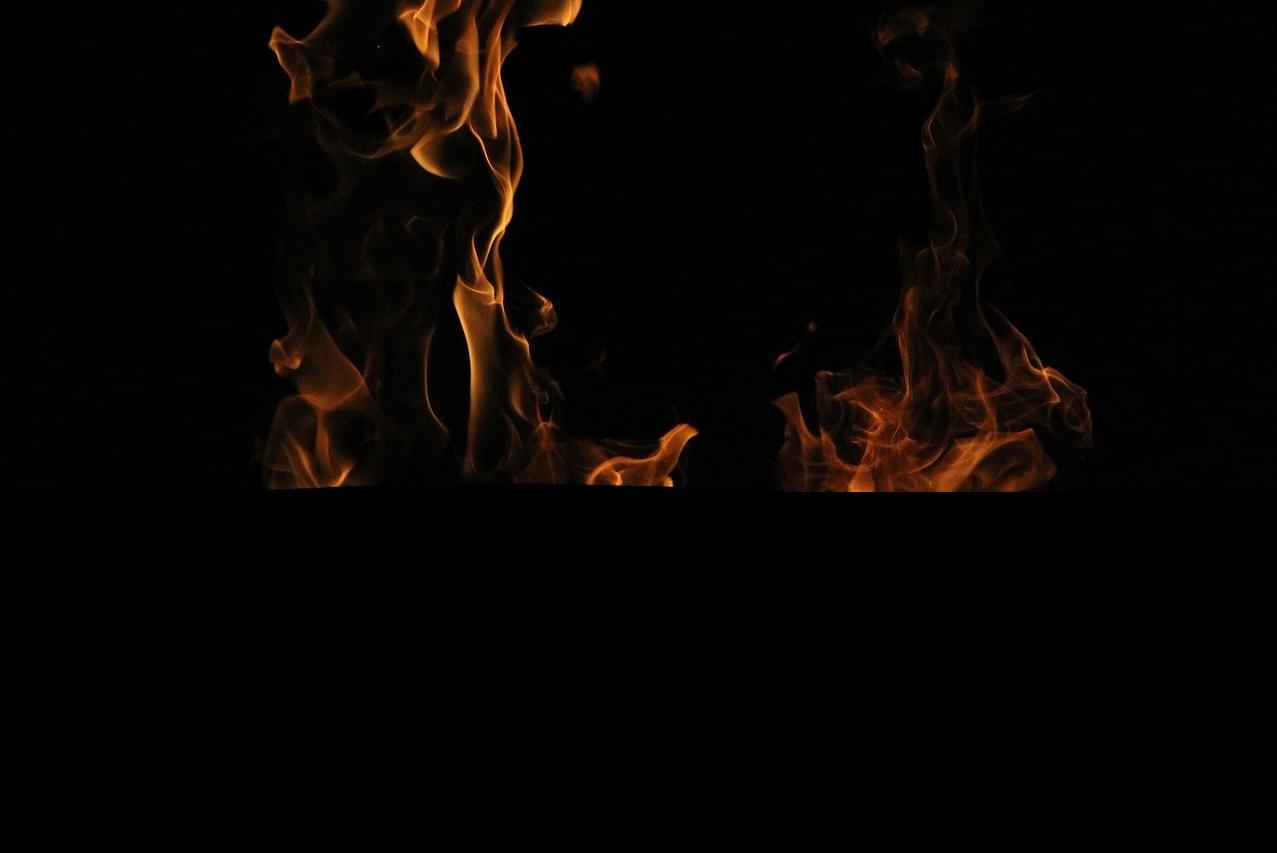Masking traditions
In Estonia, house-to-house processions of disguised young people occurred during several late autumn and winter holidays, including Christmas and New Year. In the olden days they probably mainly disguised themselves as animals and birds, later simply as furry and ugly creatures. Hair, straw and a horrible appearance symbolized both supernatural origin and fertility. The mysterious creatures might also represent ancestors visiting the home, the mores so, that the Souls' Time occurs in the same season. The masked guests blessed farmhouses and received gifts in return, which were concurrently offerings to the supernatural world and gifts to the members of their community.
However, few reports of animal disguises have reached us from Southern Estonia. Masking as animals and birds was well known and preserved in Western Estonia and the islands. It was especially common there to go as a goose on St. Catherin's and as a goat and a bear at Christmas and New Year. Perhaps there was also the influence of the Germanic traditions and their Yule Goat.
Masked visitors came mostly on the eve of Martinmas (Br. Goose feast) (10. XI), St. Catherin's Day (25. XI), and during Christmas and New Year. In addition to that, they might go around on the eves of Michaelmas (29. IX), St. Andrew's Day (30. XI), St. Luke's Day (13. XII), St. Thomas' Day (21. XII), Taban's Day (26. XII), on St. Knut's Day (7. I) and Shrove Tuesday. A long period of holidays might indicate, that the tradition is ancient and the changes have taken place in it, such as a change in timekeeping, as well influence of various peoples.
Masking and carnivals are part of the calendar holidays of many nations, and have marked the change of a time period. In Estonia, visits of disguised people mark the end of the summer season and probably also the annual turnover.

